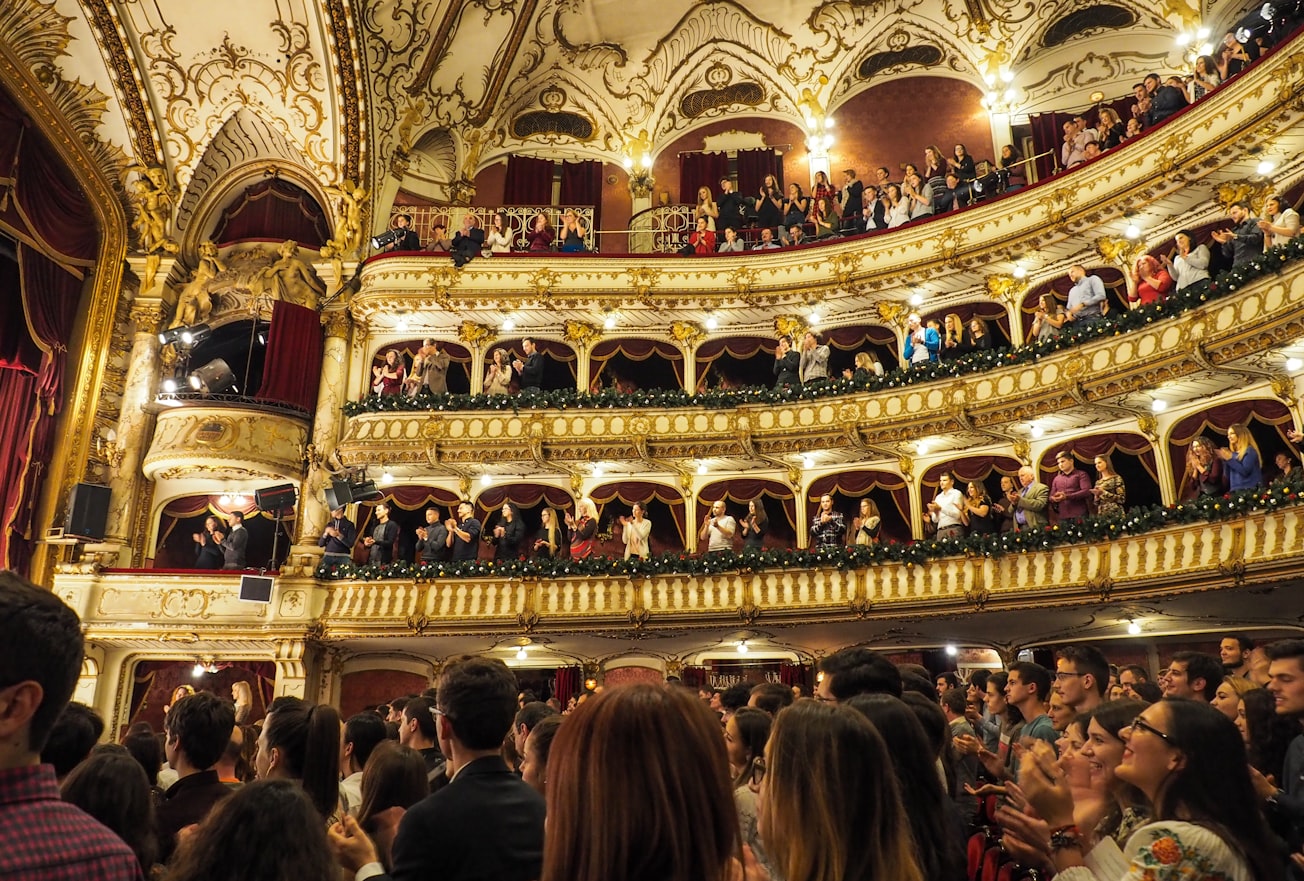What is it about?
Participatory theater (PT) is a form of theater in which the audience, together with the artist, creates art. In recent times, two things have made it possible for audiences to enjoy such shows. First, the use of social media has made people more comfortable about engaging with creating content. Second, people are more aware of the effects of human activities on the Earth. These have created a fertile ground for PT to thrive. How has COVID-19 affected PT? How do artists inspire the kind of intimacy in people during the pandemic as they did before? In this article, the author looks at the effects of the ongoing pandemic on PT. She notes that many PT performances happening during the pandemic have helped spread love and intimacy. Some common practices have been reimagined to account for social distancing.
Featured Image

Photo by Vlah Dumitru on Unsplash
Why is it important?
The pandemic has made social distancing necessary during social interactions. At the same time, there have been incidents of rallying involving mass participation. Both of them need everyone to cooperate for its success. And in both cases, community participation is necessary. Furthermore, people have found new ways of participating while staying at home. These three aspects make the study of PT during the pandemic important. KEY TAKEAWAY: During the pandemic, artists provided personal moments of intimacy for their audiences. Gift giving, a common practice in traditional PT, has been changed to create spaces of love, intimacy, and safety for the participants. These new ways of participation must be preserved in theater even after life returns to normal.
Read the Original
This page is a summary of: Participating in the Age of Pandemic, Canadian Theatre Review, April 2021, University of Toronto Press (UTPress),
DOI: 10.3138/ctr.186.006.
You can read the full text:
Contributors
Be the first to contribute to this page







